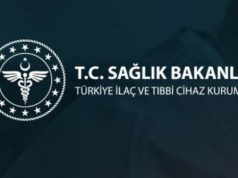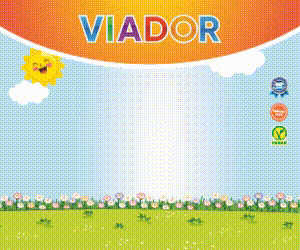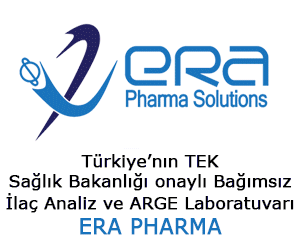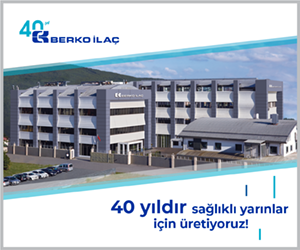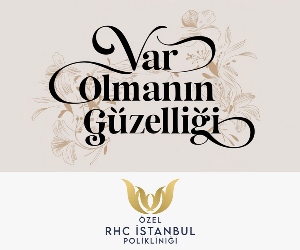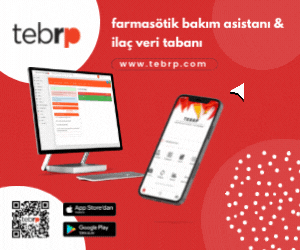Inkjet Baskı metoduyla üretilen organik QR kod, ilaçların hastaya özel dozajlanacak şekilde üretilmesine imkan tanıyacak. Bunun yanında geliştirilen bu yeni teknoloji ile piyasaya sahte ilaç sürülmesinin ve ilaçların yanlış şekilde kullanılmasının da önüne geçilmesi hedefleniyor
Edible QR medication could help doctors prescribe more accurately, keep patients more informed
Its not uncommon to see customers paying for coffee or boarding a flight using a QR code from their smartphone, but some researchers are now looking to create an edible medication QR code. Researchers at the University of Copenhagen recently published a study in the International Journal of Pharmaceutics which looks at creating QR-encoded smart oral medication made by inkjet printing.
“This technology is promising, because the medical drug can be dosed exactly the way you want it to,” Natalja Genina, an author of the study and an assistant professor at Department of Pharmacy at the University of Copenhagen, said in a statement. “This gives an opportunity to tailor the medication according to the patient getting it.”
In the study researchers used inkjet printing technology to print the physical medication onto a porous and flexible substrate. Notably, they chose to print the medication in the form of a QR code, which contains a link to drug facts.
The idea is for patients to be able to use their smartphones to scan the edible QR code and find out information about the medication they are about to take. The patient’s name, drug administration route, expiration date, manufacturer ID and batch number will all be embedded in the QR code. The study noted that additional information could be included based on the national legislation.
“Simply doing a quick scan, you can get all the information about the pharmaceutical product,” Genina said in a statement. “In that sense it can potentially reduce cases of wrong medication and fake medicine.”
Patients are able to ingest the printed code. The study noted the good absorption capability in the code.
Researchers found that the QR encoded dosage had a good print definition without significant bleeding and was readable by smartphones even after being stored in harsh conditions. However, the study did note that some printed QR codes weren’t readable because of incorrect alignment of the substrate before printing, which warped the code. The authors said that in the future there has to be care to ensure the substrate is flat and aligned before printing. High relative humidity can also make the QR code bleed.
In the future the technology could let doctors have more flexibility in how much medication they prescribe, and can take into account factors like age, gender, weight and genetic background, according to the study.
“Current medicines and disease treatments are based on a ‘one size fits all’ principle with only a limited number of dosage strengths,” researchers in the study wrote. “While this is a good approach for most medicines with a broad therapeutic window, it can pose challenges for medicines with a narrow-therapeutic window or medicines with highly varying pharmacokinetic or pharmacodynamic profiles. If the correct dose is not available for each patient under dosing with no therapeutic effect, or overdosing with adverse effects may occur.”
But researchers said there are limitations. One of the issues researchers foresee is issues with patients’ smartphones, such as the device getting lost or the battery running out. The dosage could also get wrinkled which would make it harder for the smartphone to read.
However researchers concluded that there technology was able to produce dosage forms and readable QR codes.
“This approach of efficient data incorporation and data storage combined with the use of smart devices can lead to safer and more patient-friendly drug products in the future,” researchers wrote in the study.
Laura Lovett






